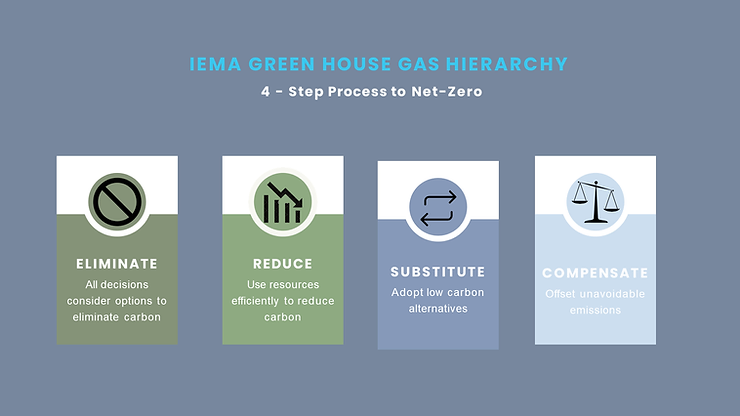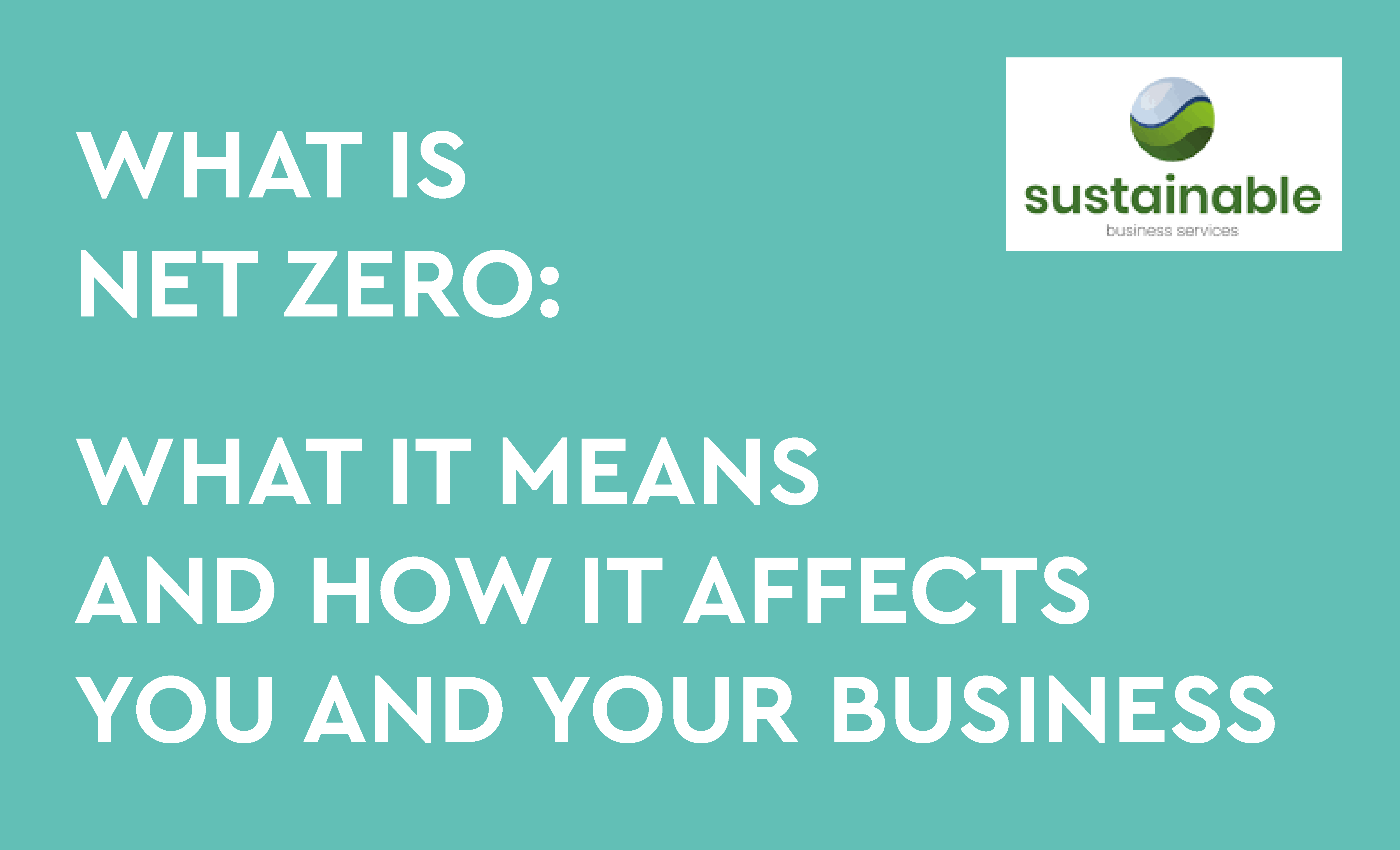Guest blog by Sustainable Business Services
The UK Government has signed you and your business to 2050 net zero targets. In June 2019, parliament passed legislation requiring the government to reduce the UK’s net emissions of greenhouse gases to Net Zero by 2050. This was added to last year to include a 78% reduction in carbon emission by 2035.
With so much talk in the media about net-zero from governments around the world, media outlets, major brands and sports teams and stars, what does net-zero even mean and how does it affect you and your business?
Net-Zero
As defined by the Oxford English dictionary as a noun meaning “a target of completely negating the amount of greenhouse gases produced by human activity, to be achieved by reducing emissions and implementing methods of absorbing carbon dioxide from the atmosphere”
Essentially, we reach net zero when the carbon emissions we add is no more than the amount taken away.
Carbon emissions (greenhouse gases) are created by an individual, an event, business, product so to know how to reduce, you need to know what you are producing to create a reduction strategy to net-zero.
Net-Zero vs Carbon Neutral
Net-zero is the most ambitious sustainability strategy and is something that all of us should be aiming for in the long term as it encompasses all business emissions including your supply and value chain (Scopes 1,2 &3). This is important to keep temperatures below 1.5°C aligned to the latest climate science and IPCC’s updated report.
Net-Zero encompasses the whole business and product or service lifecycle, including its value and supply chain so will require supplier engagement and collaboration.
Sustainable Business Services operate following the IEMA (Institute of Environmental Management and Assessment) 4 step process to Eliminate, Reduce, Substitute and Compensate carbon emissions.

Our partner U Offset provides net-zero offsetting credits to compensate for unavoidable emissions using carbon removal projects that remove carbon from the atmosphere.
Carbon-neutrality
Is defined by an internationally recognised standard: PAS 2060. It involves offsetting your emissions through purchasing carbon credits to prevent or remove greenhouse gases from entering the atmosphere (such as renewable energy projects which displace existing fossil fuel energy). In order to achieve carbon-neutrality, an organisation must measure its emissions (Scope 1&2), and the sum total must be matched by the sum total of its emissions offsets through carbon credits with no specific requirement to reduce emissions.
Our process is aligned to PAS2060 for Carbon Neutral claims but will always follow the GHG Hierarchy of eliminate, reduce, substitute before compensating.
Our partner U Offset provides carbon neutral offsetting credits to compensate for unavoidable emissions using carbon reduction projects that reduce the amount of carbon released into the atmosphere.
Share your ambition?
Talking about your journey in an open, honest transparent way is key to enabling stakeholders to understand your journey, take inspiration from the action you take and reduce their own impact.
Transparency is key, talking openly about the things you may be struggling with or are out of your control like the energy supply in a serviced office. Recognizing this, talking about the work you are doing and changes you are encouraging your landlord to take rather than not reporting them or just offsetting them builds trust with our audience, in your brand.
This is a long journey that start with little steps and changes, don’t feel any pressure to race to zero, make the changes that you are able to and talk about why and the results you are seeing.







